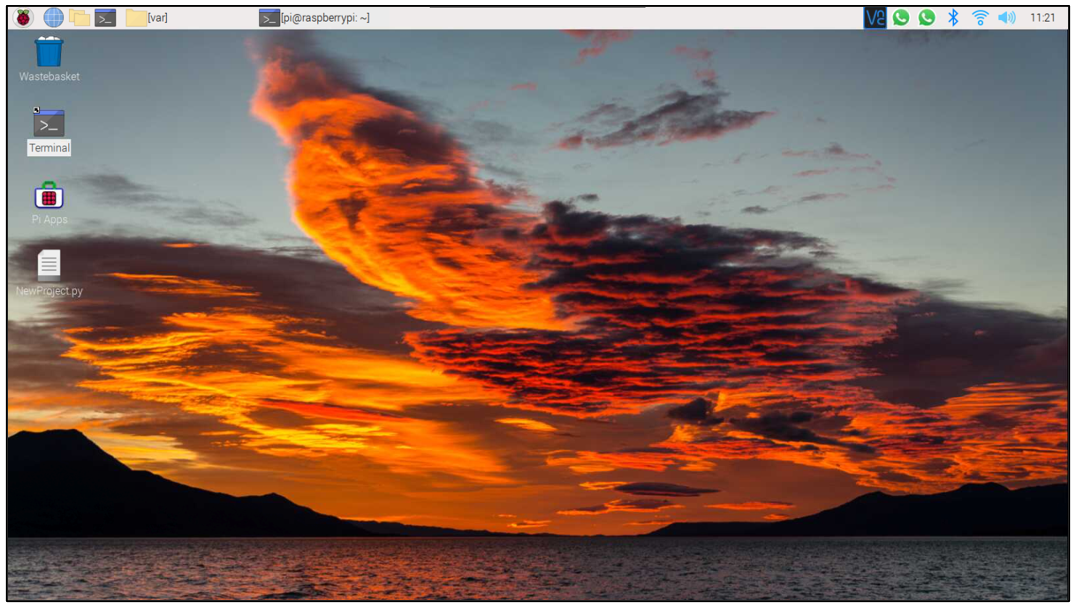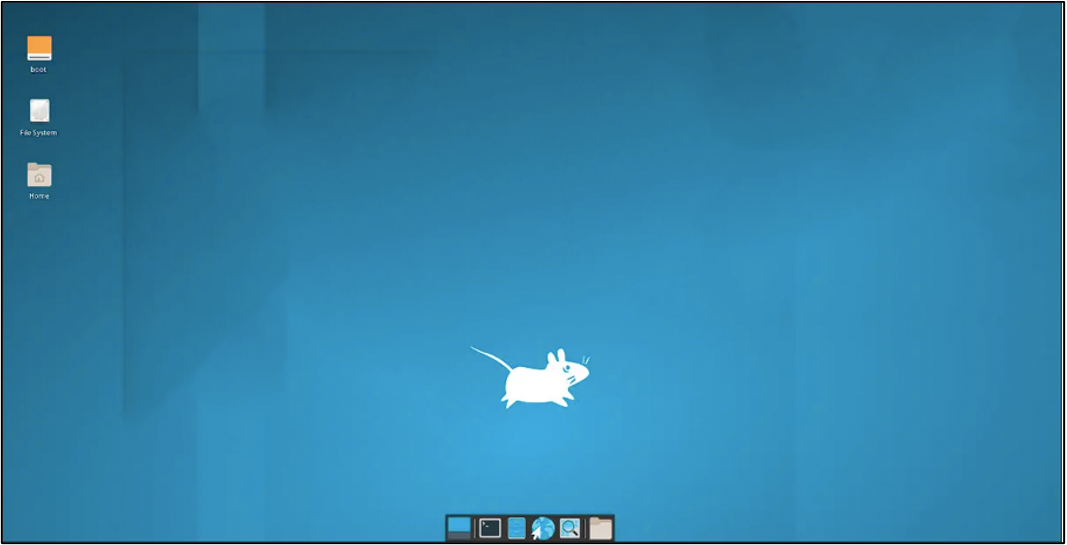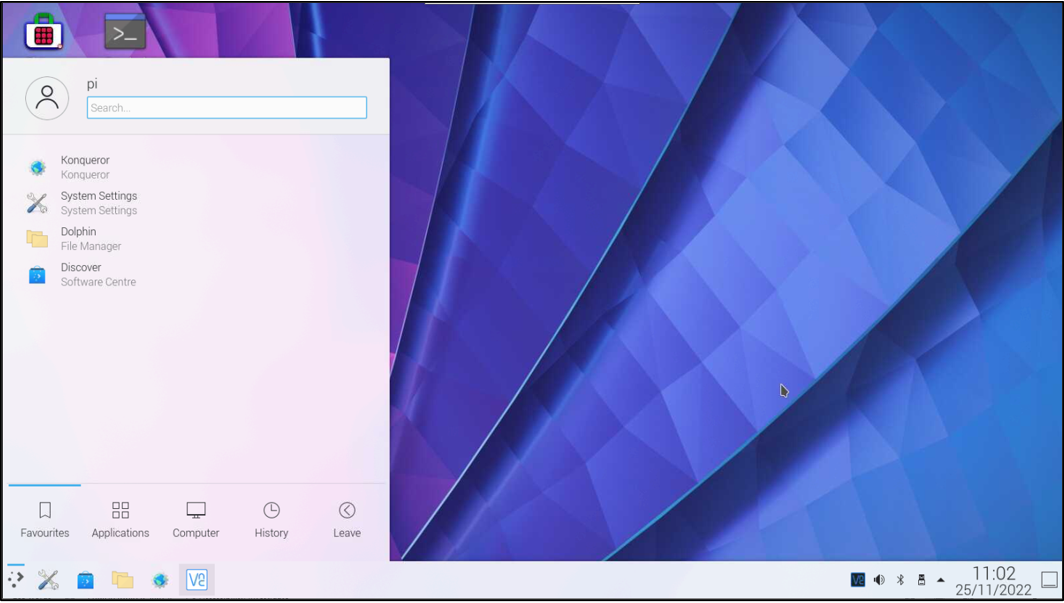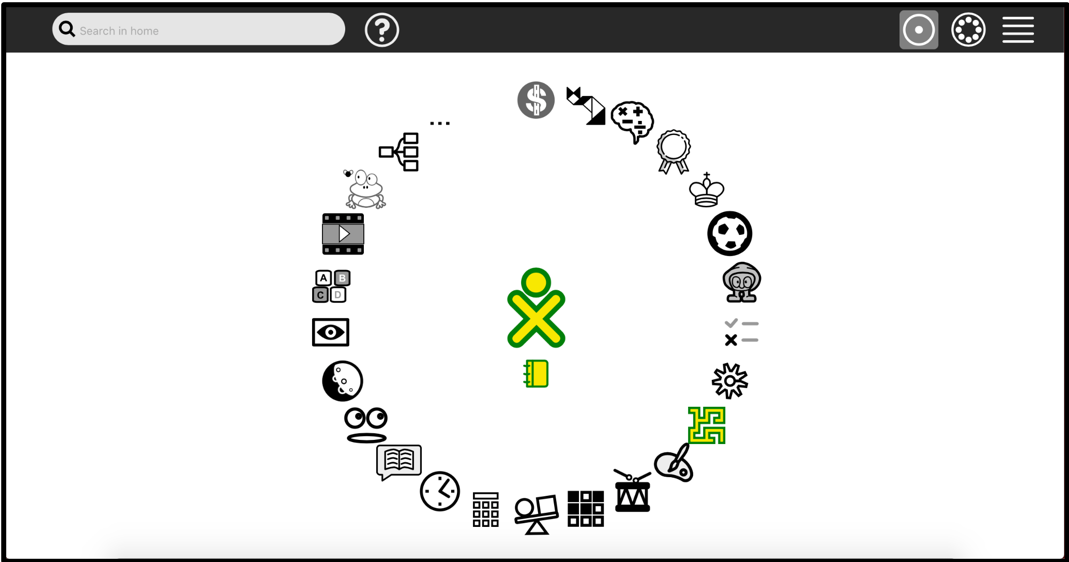A Desktop Environment (DE) is developed by various programs to run an OS. It typically covers everything, including the look and feel of the windows as well as the layout of the files, folders, and mouse pointers. A user can access and manage the major and commonly used features and services of an operating system through the desktop environment (DE). Raspberry Pi (with ARM CPUs) is well-optimized with Raspbian and accommodates many desktop settings. This article discusses the top 5 desktop environments for Raspberry Pi.
Top 5 Desktop Environments for Raspberry Pi
The desktop environment in Raspberry Pi OS is a customized version of LXDE with the Open box stacking window manager and a distinctive look. The Wolfram Mathematica computer algebra system, VLC media player, and a stripped-down version of the Chromium web browser are all included in the default package and accommodate many desktop settings. Below we have listed the 5 best DEs for Raspberry Pi:
- Lightweight X11 Desktop Environment (LXDE)
- XFCE Desktop Environment
- KDE Plasma Desktop Environment
- Cinnamon Desktop Environment
- Sugar Desktop Environment
Let’s discuss each of these.
1: Lightweight X11 Desktop Environment (LXDE) and Raspberry Pi
The Raspberry Pi comes pre-configured with LXDE. It is supported by Unix and is developed in the C programming language by using the toolkits GTK3 and GTK2, due to which it is simple to install on Linux distributions. The text editor or leafpad, terminal emulator, galculator, and LXTask (task manager) are all included in the LXDE desktop environment.
2: XFCE Desktop Environment and Raspberry Pi
The XFCE desktop environment, often known as an Xfce desktop environment, was created using the GTK toolkit and the C programming language. It has an attractive visualization effect on users in addition to being lightweight and quick like the LXDE.
The most notable aspects of Xfce are that it organizes installed apps into separate categories to make it simple for users to locate and manage them, offers a variety of desktop shortcuts for managing display settings, and allows users to arrange windows on the desktop screen.
3: KDE Plasma Desktop Environment and Raspberry Pi
KDE is the most popular desktop environment on PCs (followed by GNOME), and the Raspberry Pi can easily run it. For Windows users, KDE Plasma is a wonderful interface. It is very user-friendly and easy to use because the taskbar and main menu are both located in the bottom-left corner of your screen. However, as you can see, it has a more contemporary interface (in the design but also in the features, like the search engine in the main menu). With its various categories and submenus, you may find the main menu’s interface to be a little confusing at first because there is a search engine so it’s not really a problem. You can get a filtered view of the matching apps or settings by typing the first letter of what you are looking for.
4: Cinnamon Desktop Environment and Raspberry Pi
Cinnamon is not a well-known interface. Like KDE, the UI is similar to Windows. The taskbar, main menu, and shortcuts are all located at the bottom of the desktop. Some of the users prefer cinnamon over KDE. The preferred applications are on the left (the most used or recently used) followed by a list of the apps in each category. You also have access to a search engine, so you can immediately easily discover anything there.
5: Sugar Desktop Environment and Raspberry Pi
Sugar Desktop Environment is developed by using the GTK toolkit and Python programming. The Sugar desktop environment’s creators want to provide a kind of desktop environment that may satisfy the needs of professional users while still being accessible to beginners. The Sugar desktop environment’s features include being an interactive tool for students to use in interactive learning It is pre-installed in the packages of the majority of Linux distributions and is easily accessible through USB or CD.
Conclusion
Desktop environments help users manage and handle their operating systems more easily with the graphical user interface. Themes and desktop presentation tools like dock are also included in desktop environments, and they have an appealing impact on users’ minds. The top 5 desktop environments for the Raspberry Pi operating system have been covered in this article along with some of its features and specs.





